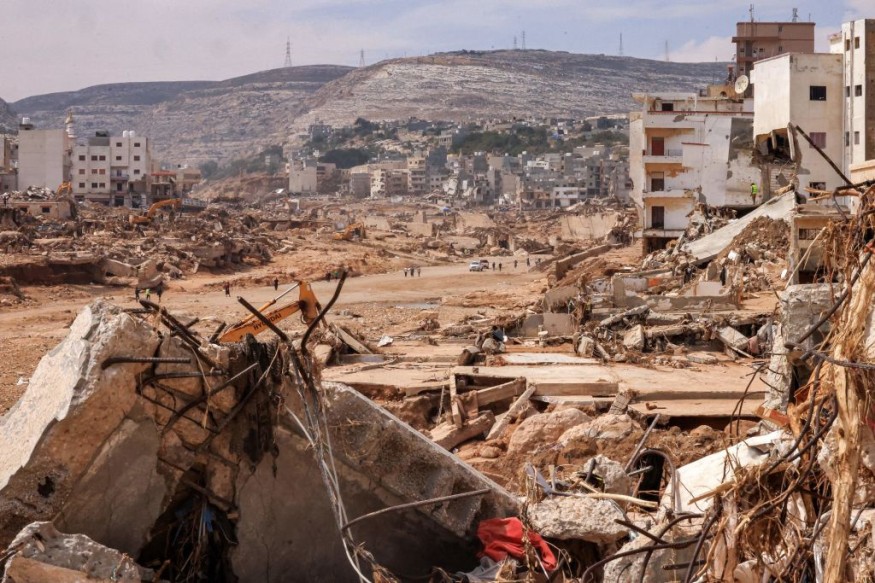
Survivors in the massive floods in Libya are now in the midst of threat of epidemics and landmine risks.
Residents in the flood-stricken City of Derna are thinking about whether they stay and risk acquiring a health infection or not.
They also have the option to flee, however, most areas are at risk due to landmines that have been displaced by the torrents.
Risk of epidemics, landmines
Citing information from the Libyan Red Crescent, the United Nations Office for the Coordination of Humanitarian Affairs (OCHA) said that the death toll already climbed to 11,300. Still the number on the fatalities is still changing.
The World Health Organization has said that there were a total of 3,950 registered deaths in hospitals and they also noted that the death toll would likely increase because the full extent of the loss of life as well as the damage is still unknown.
Derna was reported to be the most affected but other areas that were adversely hit include Benghazi, Tobruk, Toukra, Talmeitha, Almarj, Taknes (AlJabal Al Akhdar), Al Owailia, Bayada, Albayda, Shahhat and Sousa.
Authorities said that more than 40,000 vulnerable individuals are estimated to be displaced in the aftermath of Storm Daniel and these people have been seeking safety, shelter and basic services.
The International Organization for Migration noted that the number of displaced individuals already exceeded the 30,000 initial count in the City of Derna where there is a population of more than 150,000.
Displaced families are reportedly hosted by relatives in safer neighborhoods or sheltered in schools. However, they lack non-food items which exposes them to heightened protection risks.
Libyan authorities said that most of the time, cases of epidemics increased after the occurrence of floods. They have confirmed that 150 people have been poisoned by polluted water in the flood-hit areas.
Some volunteers already had come from Benghazi to Derna down to the coast, together with fellow medical students, to carry out disinfection and sterilization work.
The OCHA said that the homeless are trying to survive by staying in makeshift shelters, schools, or they were packed into the houses of relatives or friends.
It can be noticed that heavy floods had shifted landmines, which poses an extra risk to the thousands of displaced people who are currently on the move.
Disruption of aid operations
Authorities also said that destroyed bridges and blocked roads have severely disrupted the local food supply chains in the affected areas as they hamper access to markets, which later cause food shortages.
They pointed out that the provision of ready-to-eat meals, dry rations, and nutritional supplements for infants and young children is necessary in order to prevent malnutrition.
The lack of updated reliable data on the effects of the massive inundation across the affected has been delaying the much-needed relief efforts for the storm victims.
As the search and rescue operations are ongoing, a UN Flash appeal was launched with a budget of USD 71.4 million, which targets 250,000 flood-affected people out of the 884,000 people that is estimated to be in need in the next three months.
Related Article : Libya: Immediate Probe On Flood Cause Urged; Shortage of Body Bags Felt
Related Video:
© 2025 NatureWorldNews.com All rights reserved. Do not reproduce without permission.





